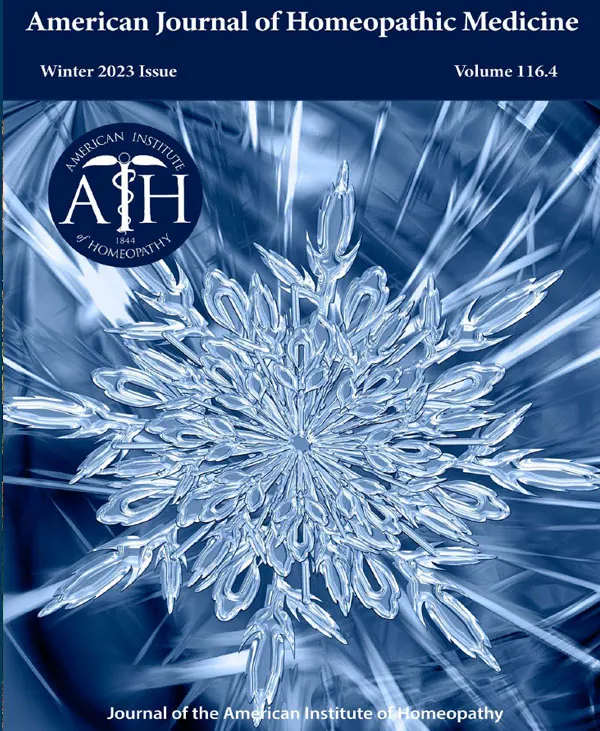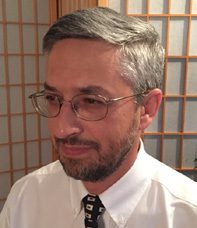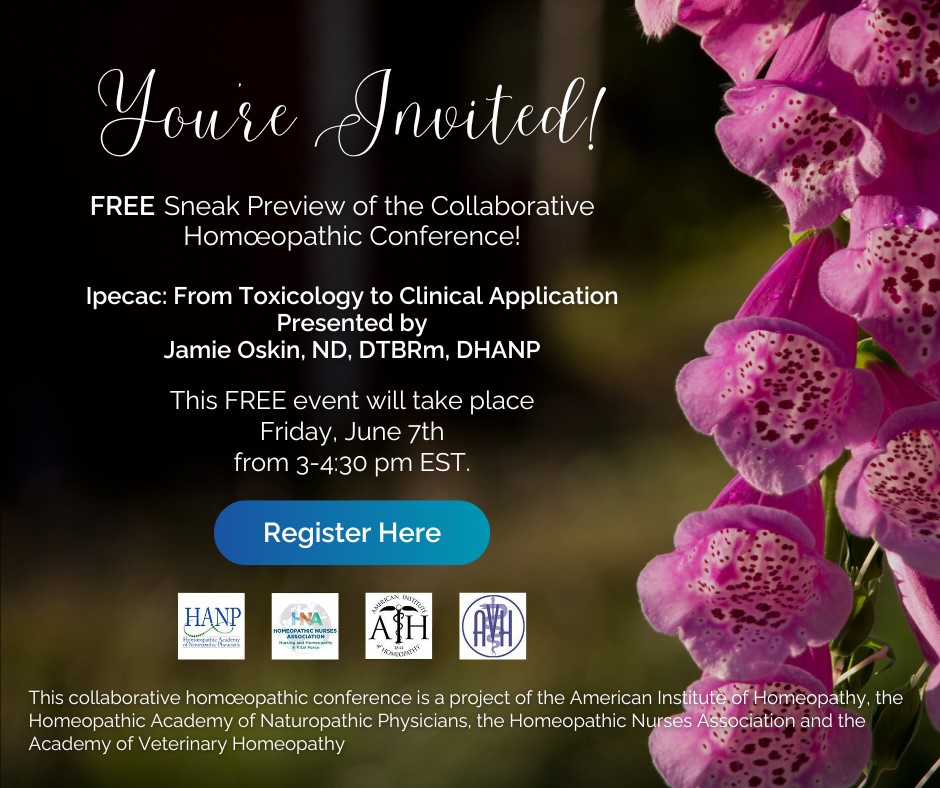
Editorial: Staying True to Our Roots
“Our science requires no political levers, no worldly decorations. At present it grows with slow progress amid the abundances of weeds which luxuriate about it; it grows unobserved, from an unlikely acorn into a little plant; soon may its head be seen overtopping the tall weeds. Only wait – it is striking deep its roots in the earth; it is strengthening itself unperceived, but all the more certainly in its own time it will increase, till it becomes an oak of God, whose arms unmoved by the wildest storm, stretch in all directions, that the suffering children of men may be revived under its beneficent shadow.”
– Samuel Hahnemann, His Life and Work. Richard Haehl, Volume II, p. 104
Dear Reader,
Welcome to the Winter issue of our journal!
It is still so, as Hahnemann proclaimed long ago, that our science continues to grow slowly amid the dominant system of medicine. In the end, the truth of the healing power of our sacred system will assert itself—there is no need for violent political and social domination, for as we all know whatever comes up must also come down. This will certainly come to pass given how common it is to see significant iatrogenic illness continuing to cause significant morbidity and mortality.1 Some have reported Abraham Lincoln as saying, “You can fool some of the people all of the time, and all of the people some of the time, but you cannot fool all of the people all of the time.” It is only a matter of time …
However, the acorn of homeopathy will strike its roots into the soil and certainly grow into a magnificent oak given the right soil and conditions. The roots of homeopathy are its fundamental principles. During the recent AIH 2021 Conference with Dr. Gyandas Wadhwani those principles were emphasized and applied, as a result of which he reported having treated over 6,000 COVID-19 patients in New Delhi, India without one fatality! Each patient was seen as an individual needing a specific remedy that fit the characteristic symptoms of the “disease.”
For example, a remarkable COVID case was presented by Dr. Wadhwani during the conference which responded well to Calcarea arsenicosa in the 1M potency: it was characteristic for a dull, stupid feeling in the head, anxiety; restlessness with low back pain extending to the legs, worse lying down and driving him out of bed at night, making sleep almost impossible; chills with shuddering at night, craving for soup, aggravation by exposure to a change to cold weather, perspiration on the face and forehead in the morning, metallic taste of water, and easy satiety after eating a small amount with distention in the stomach area as of entrapped gas. (see Calcarea Arsenicosa in Hering, C. Guiding Symptoms of Our Materia Medica.)
This case demonstrates an extraordinary ability of the physician to take a proper case, analyze the elements of the case, repertorize appropriately, and examine materia medica for confirmation. Once the remedy choice is made, and only when “homeopathic diagnosis” and posology are understood correctly, then and only then, seriously ill patients, as in this case, are saved from complications of disease.
Let us go back again and again to the lightly buried treasure in Dr. Hahnemann’s works, especially the Organon of Medicine, so we can go forward and grow as individual practitioners and as a profession!
 Alex Bekker, MD
Alex Bekker, MD
President, AIH
References
- To Err is Human: Building a Safer Health System. Institute of Medicine (US) Committee on Quality of Health Care in America; Kohn LT, Corrigan JM, Donaldson MS, editors. Washington (DC): National Academies Press (US); 2000. “When extrapolated to the over 33.6 million admissions to U.S. hospitals in 1997, the results of these two studies imply that at least 44,000 and perhaps as many as 98,000 Americans die in hospitals each year as a result of medical errors. Even when using the lower estimate, deaths in hospitals due to preventable adverse events exceed the number attributable to the 8thleading cause of death. Deaths due to preventable adverse events exceed the deaths attributable to motor vehicle accidents (43,458), breast cancer (42,297) or AIDS (16,516).”
About the AJHM
The American Journal of Homeopathic Medicine (AJHM) is a peer-reviewed scientific journal, specifically intended to meet the needs of physicians involved in the specialty of homeopathy. The editor invites original manuscripts, feature articles, research reports, 'Homeopathic Grand Rounds' cases studies, abbreviated case reports for 'Clinical Snapshots,' seminar reports, and position papers that focus on homeopathy, as well as book reviews and letters to the editor. Click below to subscribe to the Journal.
Latest Issue of the AJHM

AJHM – Winter 2023
Volume 116 Number 4
Table of Contents
- Editorial: In this Issue
- Homeopathic PuZZle?
- A Case of Erectile Dysfunction and Anejaculation in a Diabetic Patient
- Iron and Its Salts: Materia Medica and Illustration
- Suppression in the Organon
- An Appreciation of Jacques Jouanny’s Life and a Review of His Opus “The Essentials of Homeopathic Therapeutics”


